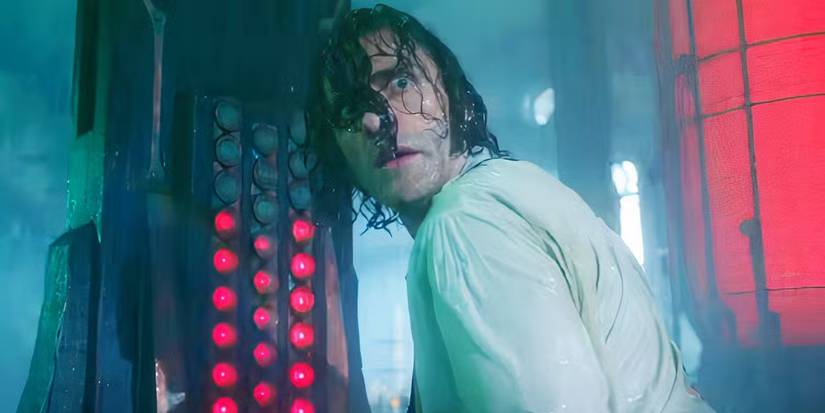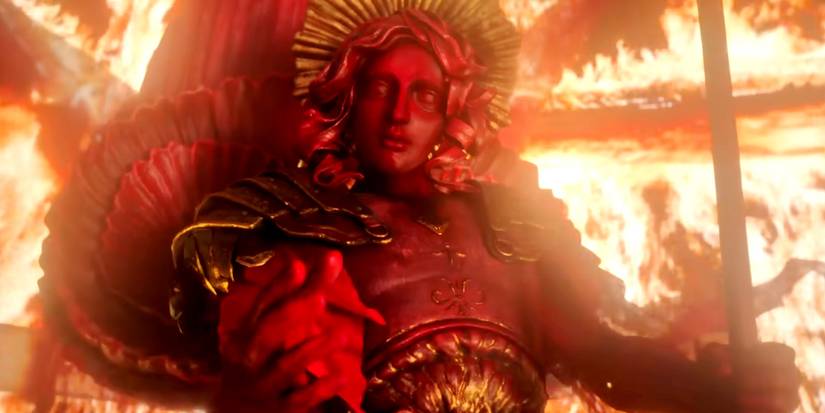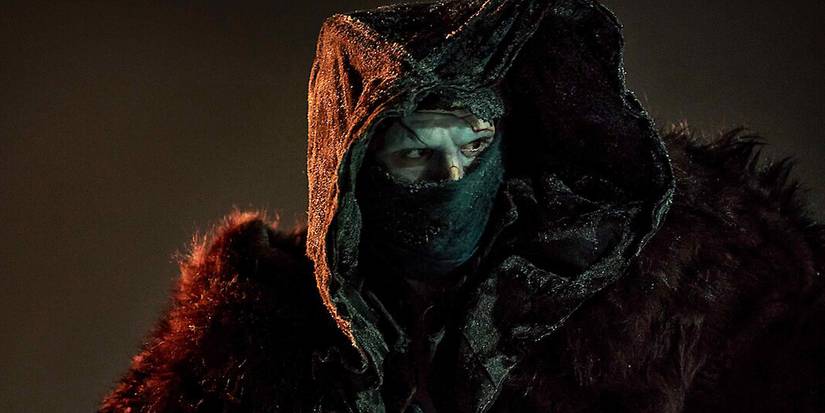Making a film is never easy, but making a film based on a classic novel that’s already been adapted countless times is harder. With Frankenstein, not only did Guillermo del Toro have to make a film that captivates audiences and makes the most of its towering budget, but he also needed to prove why his version of this story needed to be told in the first place.
On the first count, Del Toro’s Frankenstein is a resounding success. The quality of production and level of visual creativity is staggering, and the screenplay has the perfect blend of poetic prose and natural dialogue to walk the line between the Victorian source material and the modern-day audience.
However, the film suffers from severe pacing issues. At 150 minutes long, Frankenstein demands a lot of patience, and the slow momentum could certainly be a deal-breaker for those who aren’t already invested in this project. When Shelley’s book is just 300 pages long in most editions, it’s hard to understand why del Toro spends so much time building this world instead of acting in it.
Frankenstein Is A Visual Feast With Impeccable Production Design
It’s certainly not surprising after movies like Nightmare Alley and The Shape of Water, but Guillermo del Toro’s latest is a staggering technical accomplishment that blends inventive camerawork with luscious production design. The Netflix budget has clearly been put to good use, as the director crafts some immense set pieces that feel spiritually torn from Mary Shelley’s mind.
Whether it’s the creation of Frankenstein’s monster, the creature’s escape from captivity, or his eventual showdown with his creator among the polar ice caps, there are so many thrilling scenes that remind us exactly why del Toro is such an acclaimed filmmaker. His direction is pitch-perfect here, and the way he forges such a thick, tactile atmosphere is really something to behold.
Del Toro’s Frankenstein Screenplay Is Unevenly Paced With Slow Momentum
The only thing holding Frankenstein back from being a truly great adaptation is its grueling pace and taxing momentum. There’s simply no need for this film to be 150 minutes long, especially when so many scenes are dragged out longer than they need to be.
The majority of Frankenstein is split between “Frankenstein’s Tale” and “The Creature’s Tale”, with the two perspectives switching around the halfway mark and totally shifting the pace of the story. While this feels like a decision that’s been made to uphold loyalty to Shelley’s book, it’s one that doesn’t translate all that effectively to the screen.
The first hour is spent almost exclusively following Dr. Frankenstein and his scientific exploits as he tries to reanimate a man from death, but once he accomplishes this feat, everything about the film shifts. We’re now following the creature, and instead of the dark, brooding atmosphere of Frankenstein’s chapter, we have a much slower, more introspective tone that throws the project off-balance.
Perhaps merging these two perspectives into a more holistic, free-flowing story could have avoided the major pacing issues that hold Frankenstein back from being one of Del Toro’s best-ever movies.
These two chapters have their merits, but the way they refuse to interact with one another is jagged and forced. Perhaps merging these two perspectives into a more holistic, free-flowing story could have avoided the major pacing issues that hold Frankenstein back from being one of del Toro’s best movies.
Frankenstein’s Two Lead Performances Are Extraordinary
At the press conference before Frankenstein’s world premiere, Oscar Isaac admitted: “I just hooked myself into Guillermo, and we flung ourselves down the well.” There couldn’t be a better description of the actor’s loose, frenzied performance as Victor Frankenstein, which gives the film such a fluid, dynamic energy. His crazed ambition is portrayed perfectly, enhancing the story’s key themes about humans playing God.
However, the real star of the show is Jacob Elordi, whose performance as the monster is absolutely revelatory. It’s an extremely physical performance, with Elordi leaning heavily into the creature’s animalistic instincts and human development as the story progresses, but it’s an equally intellectual and emotional one.
Elordi has all the curiosity, empathy, and innocence that makes the creature such a compelling character, forcing the audience to reckon with his label as a “monster” without making it too blatant in the script.
Elordi has all the curiosity, empathy, and innocence that makes the creature such a compelling character, forcing the audience to reckon with his label as a “monster” without making it too blatant. His take on the creature is different than most adaptations — more humanoid, less instinctive — but it works excellently. His and Isaac’s fierce onscreen chemistry is more than enough to keep Frankenstein electrifying even when the story is stalling.








